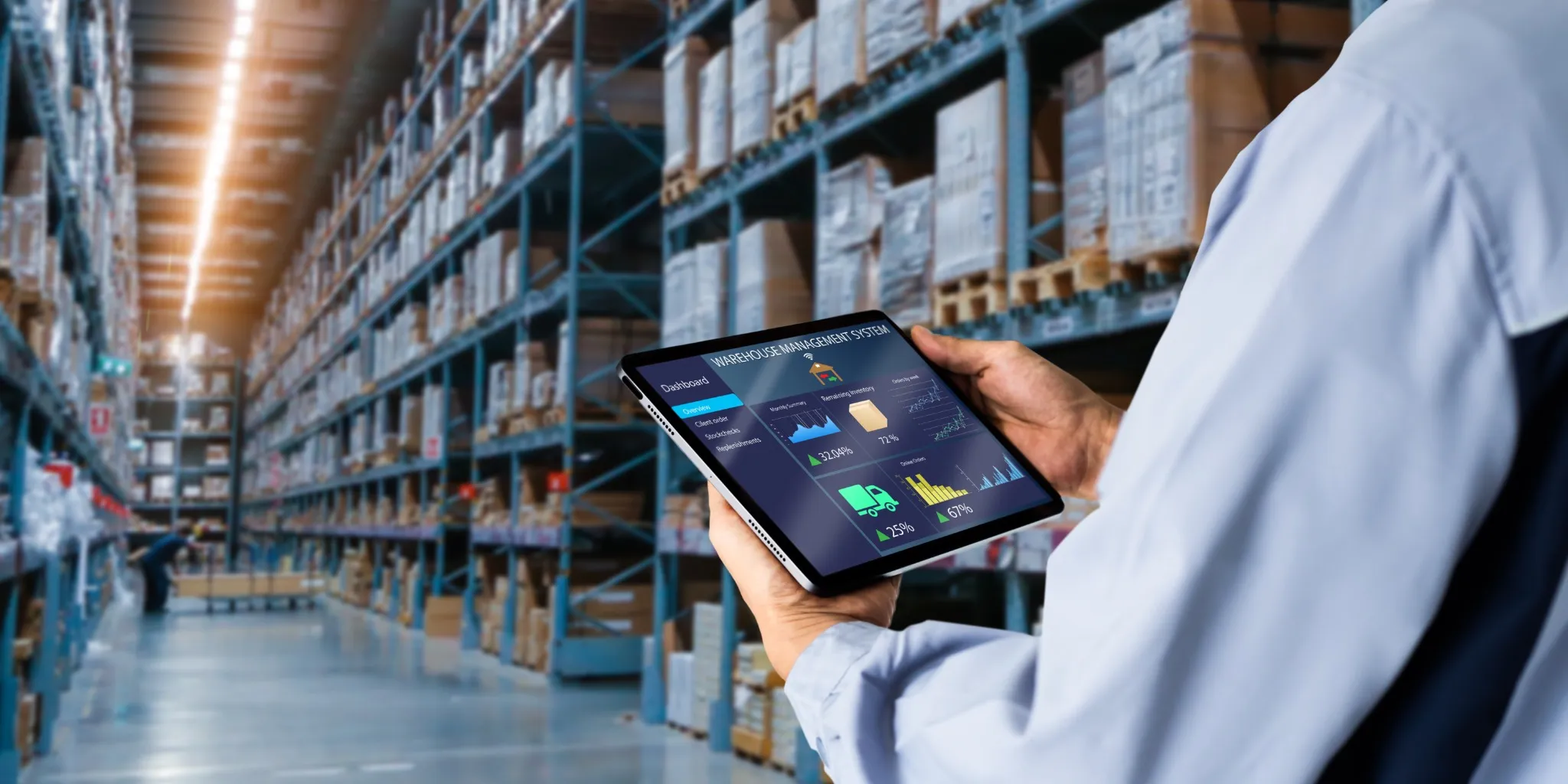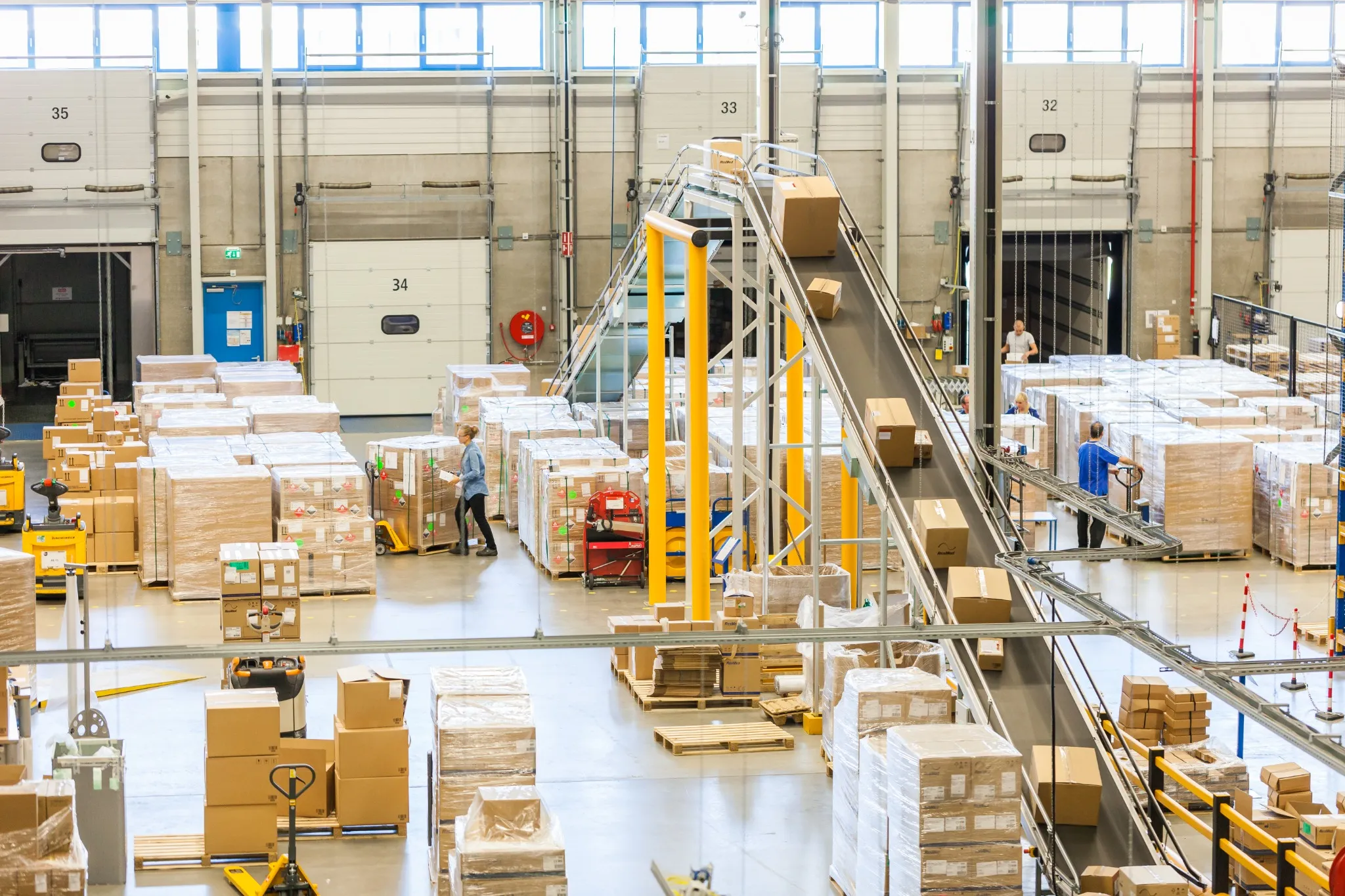 Customer
Customer Solutions
-
Industry Insights Building Surge Ready Supply Chains Supply Chain Design Amidst Disruption Choosing the Right Supply Chain Technology Unlocking RFID Potential Enabling Smarter Automation Digital Simulation for Optimized Warehouses Phased Automation Rightsizing Automation Material Handling and Automation





